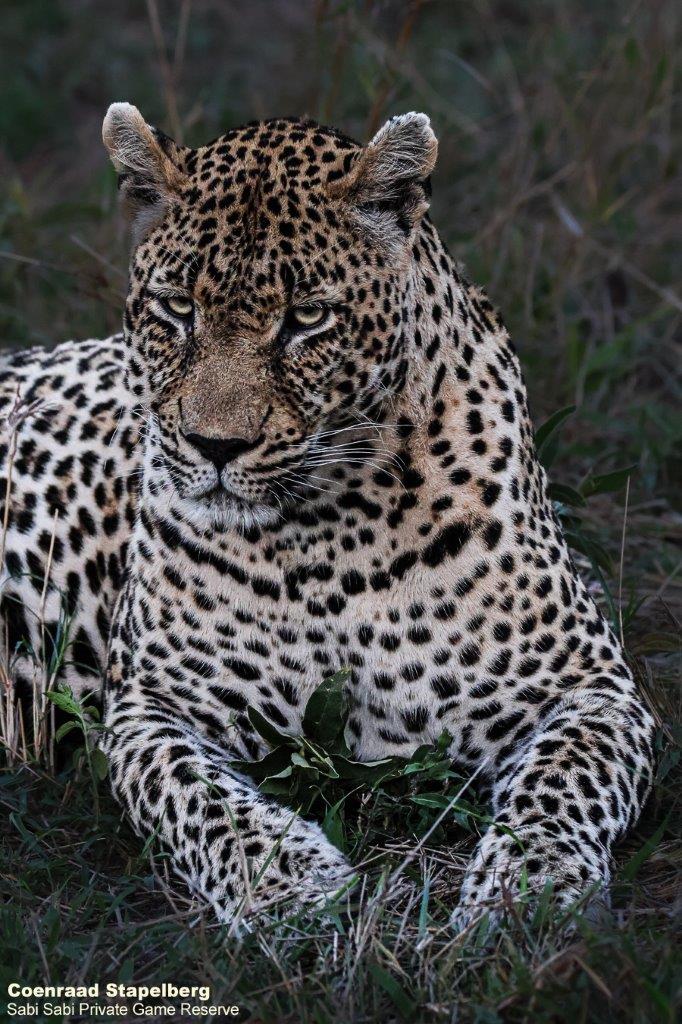A Week in the Bush Vol. 434
on Nov 02, 2022The week got off to an incredible start! As we drove past a river crossing, we spotted a massive pack of wild dogs sleeping in the dry riverbed. A fitting place as the sand is cool and there are lots of trees shielding them from the heat of the sun. They were resting after chasing warthogs and will most likely spend the rest of the day there and start hunting again as it cools down.
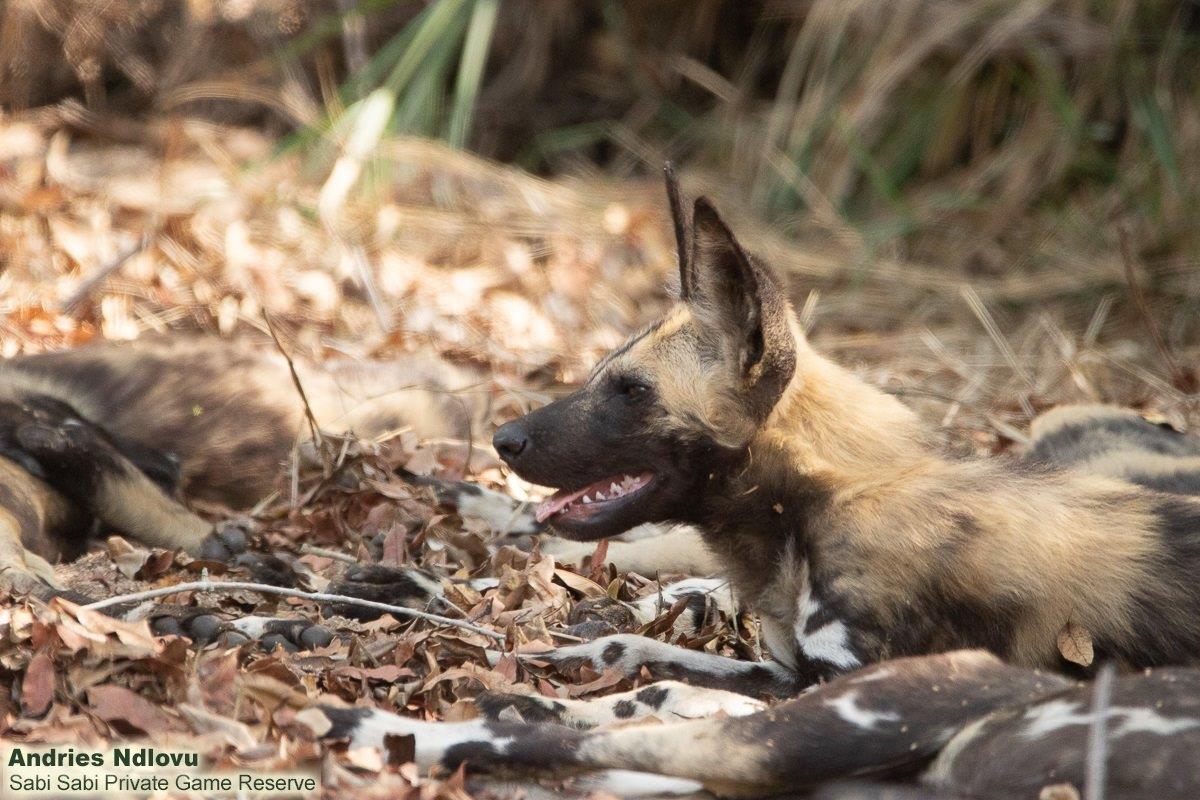
The following morning, while watching a Little bee-eater we suddenly saw an impala run across the road just ahead of us, not even paying any attention to us. We looked into the bush to see what the reason was for the impala running and saw a wild dog giving chase. Like a flash, the wild dog disappeared into the thick bush and now it was our turn to put on the chase.
We drove around trying to find the dog again and came across the whole pack in the drainage line feasting on a freshly killed impala. Just when we thought it couldn’t get any better, we saw a big clan of hyenas approaching the sighting. As soon as the wild dogs caught the scent of the hyenas, they took off and started chasing after the hyenas. With a big bite here and there, the hyenas managed to take what was left of the kill but with bloody backsides and tails tucked they very carefully tried to make their way away from the wild dogs.
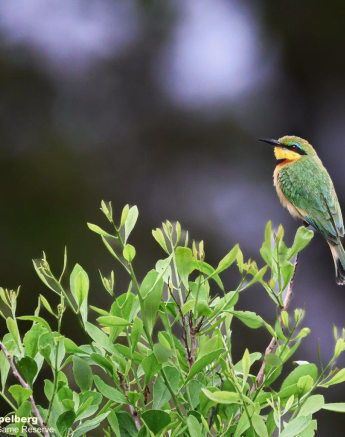
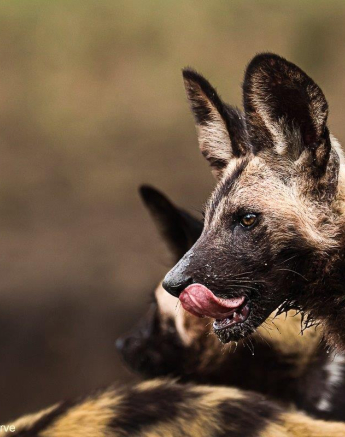
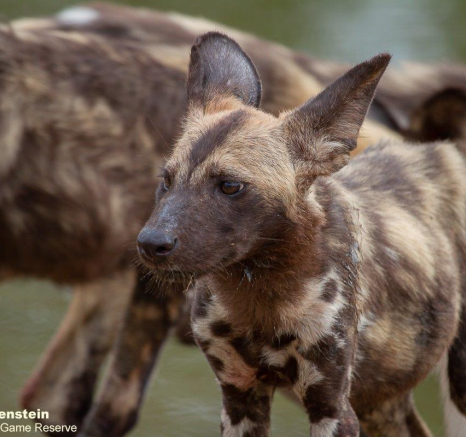
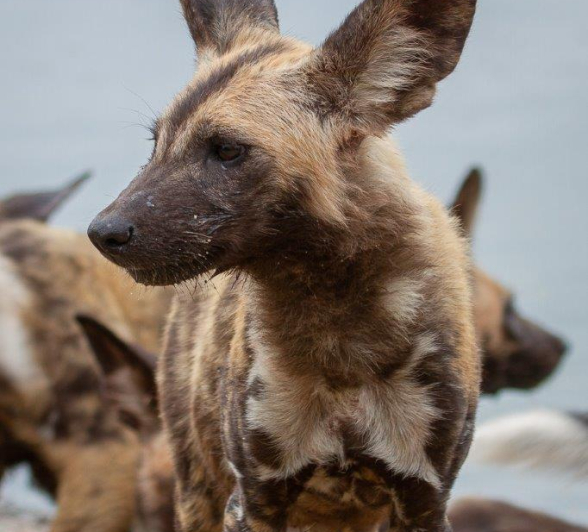
We found the tracks of these male lions at the beginning of a morning safari near Earth Lodge and followed for a while. It was not long before one of our team rangers found one of the male lions resting on a termite mound. We stayed in the area for quite some time and heard the other male contact calling, so we knew he was making his way towards the other one.
These two males have been frequenting the southern part of our reserve for some time now and we all believe they are getting settled to claim it as part of their territory and subsequently, becoming pride males of any prides in the area. The change in dominance among male lions in a natural ecosystem is vital as it spreads different genes, as well as avoiding inbreeding amongst the lions.
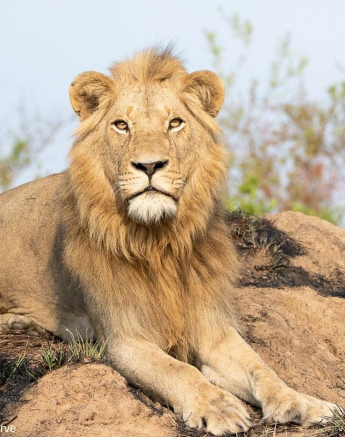
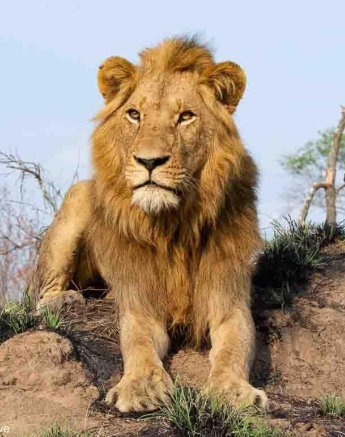
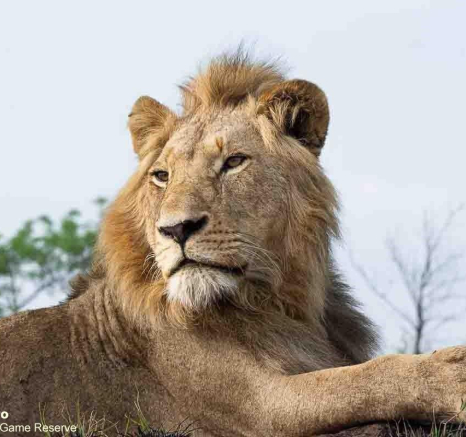
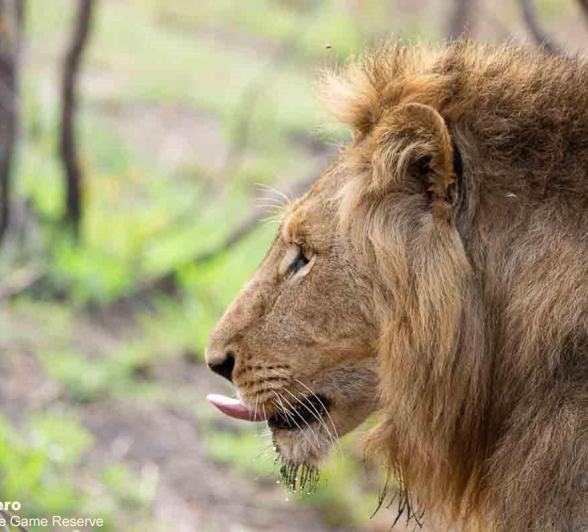
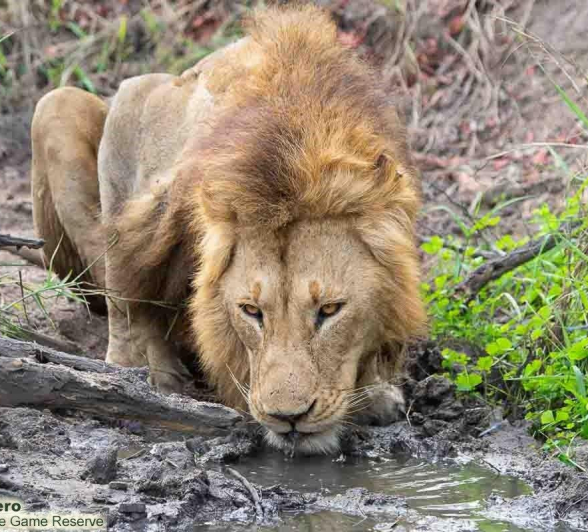
Heading off in search of a big herd of buffalo we stumbled upon fresh male lion tracks which we followed. Realising they did not come out on the other side and onto a road, we decided to track on foot. Just as we wanted to get walking, we saw that a big herd of waterbuck and zebra were all staring into a thick part of the bush. We stopped and waited for a bit to see what would happen and then we saw the 2 big Gijima males walking out of the thicket.
In a hurry, the waterbuck and zebra took off to get away from the lions and we watched as they calmly strolled towards a waterhole to go for a drink. The males then made their way to a shady spot in an open area and proceeded to lie down and ponder about where the big herd of buffalo could be. After a while they got up and started moving every now and then, stopping to smell the fresh buffalo dung that was laying scattered all over.
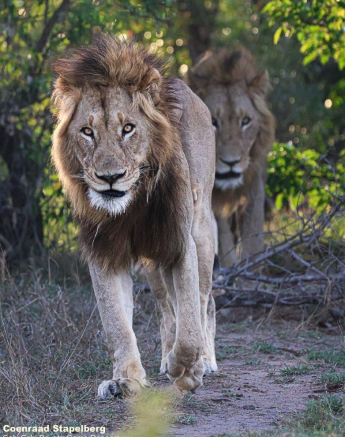
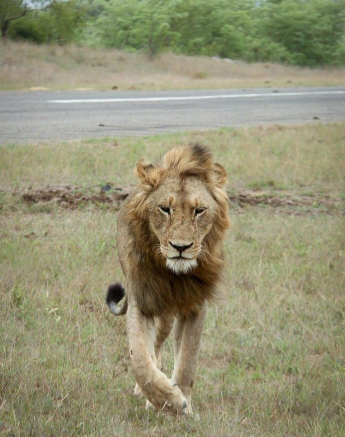
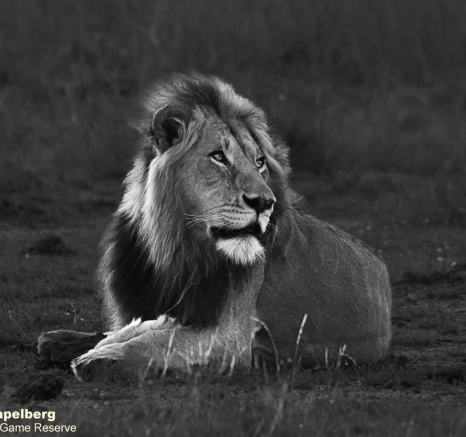
On a morning drive, we were watching zebras grazing so graciously when an almost familiar sound echoed through the bush capturing everyone’s attention. I asked my tracker if it was a Southern Ground Hornbill because they can sound so similar when a roar is far away. In his silence, the lion started roaring again. Without a word spoken, we immediately went to investigate. Our arrival was welcomed by an awesome sighting as the lioness was calling from a termite mound.
Driving through a road less travelled we came around a turn and Coenraad’s tracker Donald, with his hawk eyes, suddenly said, “Stop!” We knew we were in for something great. He managed to see a leg of an impala hanging out of a small tree about 30 metres from the road in the drainage line. We made our way through thick bush knowing that there must be a leopard close by. Looking down into the drainage we got our answer.
There he was! The magnificent N’weti male leopard, with a grin of satisfaction plastered on his face as he was just taking a break from feeding in a shady spot.
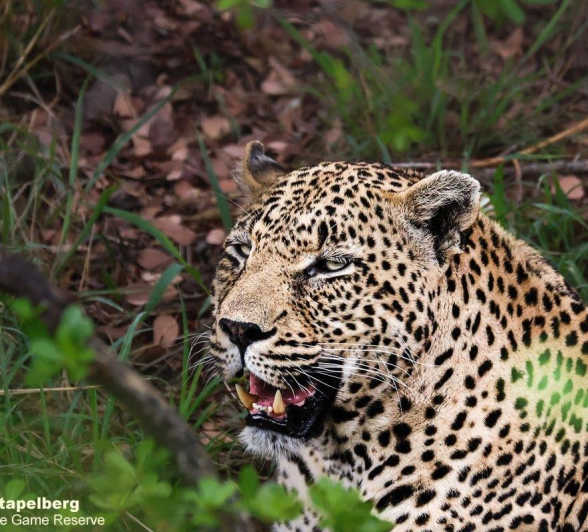
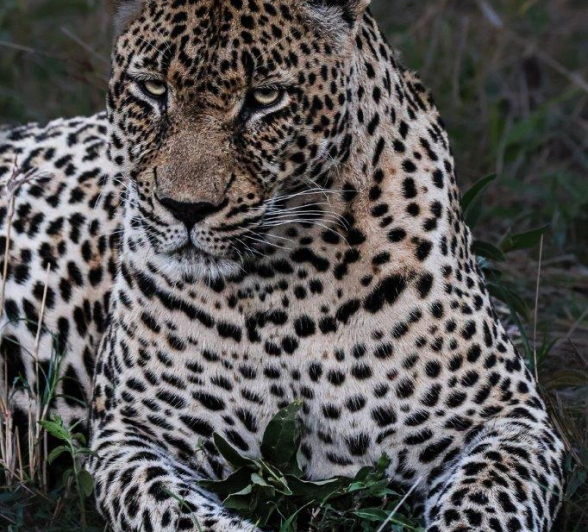
On a very windy and overcast morning we set out not knowing what to expect and hoping not to get rained on, so we decided to stay close to the lodge just in case a big storm came pouring down. We heard the alarm calls of birds and some bushbuck in the distance and made our way over to investigate what had upset them. We saw tracks of a leopard and knew she couldn’t be far.
We stopped for a bit and the bush was as silent as the night when we heard one alarm call from a bird, and there she was strolling out of the bush and over the road in full view of the vehicle. Ntsumi, the beautiful mother of a young male cub, is out on patrol but not shying away from an opportunity to try and get some food. Marking every now and then as she walked through the bush, we followed her for a while just watching as she carefully made her way through the thick vegetation.
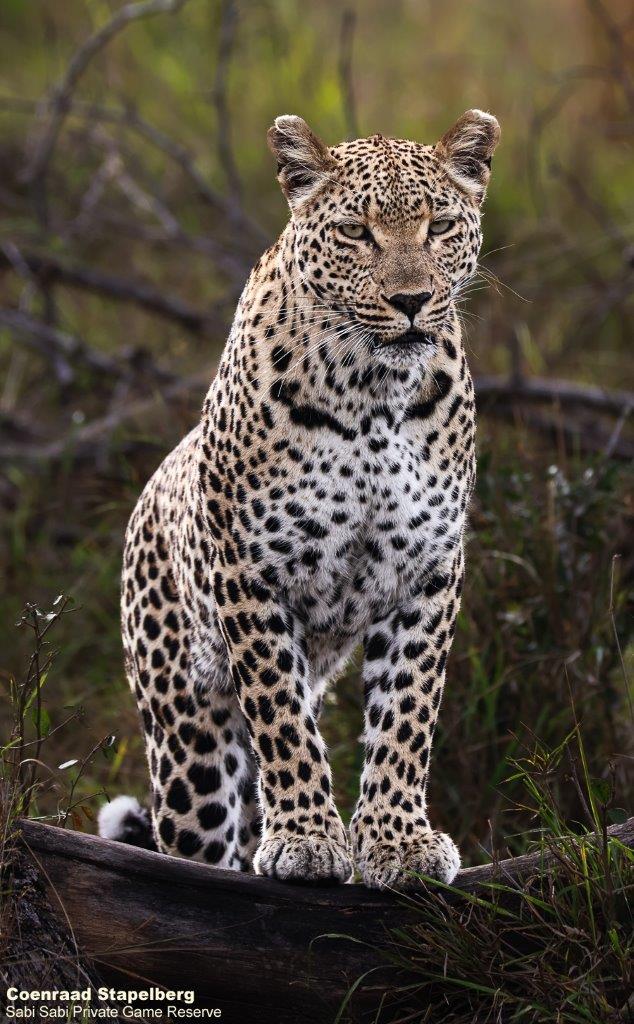
We found a big male warthog drinking water and later he took full advantage of the waterhole and started wallowing in the mud. It was exciting for us and our guests to see a warthog lay on its back and try to get mud over its whole body.
As the temperature gets higher as the day progresses, warthogs also feel the heat and most of the time they will find a waterhole or any other place where there is water and stay there for a while to cool themselves down. At the same time, they plaster their bodies with mud which helps them to take care of parasites such as ticks. Once out of the water (and mud), they will find any rubbing post to rub against and scratch themselves.
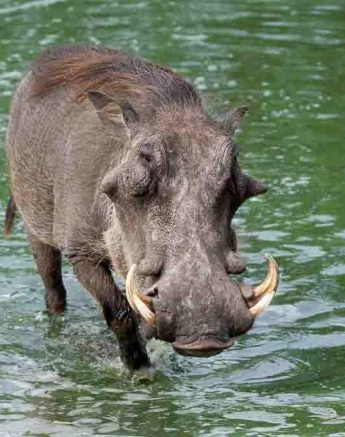
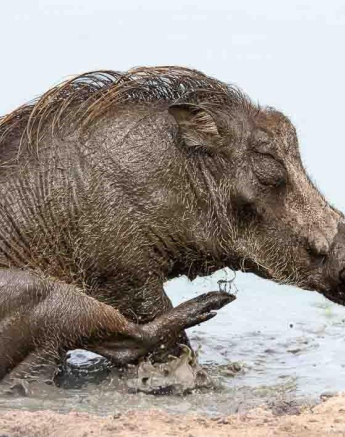
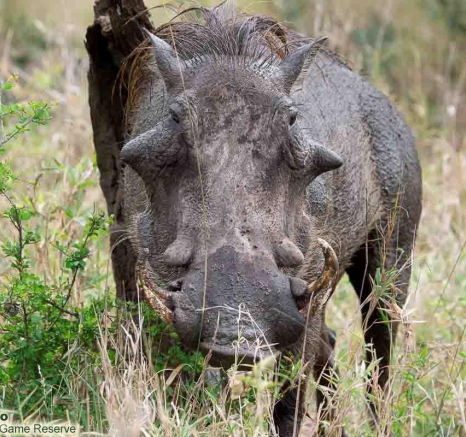
This tiny elephant calf stayed close to mom and the herd while they made their way through an open area. Being less than a year old, it easily fits underneath mom’s belly, moving quickly from one side to the other.
We watched as the calf suckled and tried to grasp on some grass but couldn't get a good grip on it. Elephant calves start to learn at the age of 3 months how to use their trunks and it can take them up to a year to use it effectively.
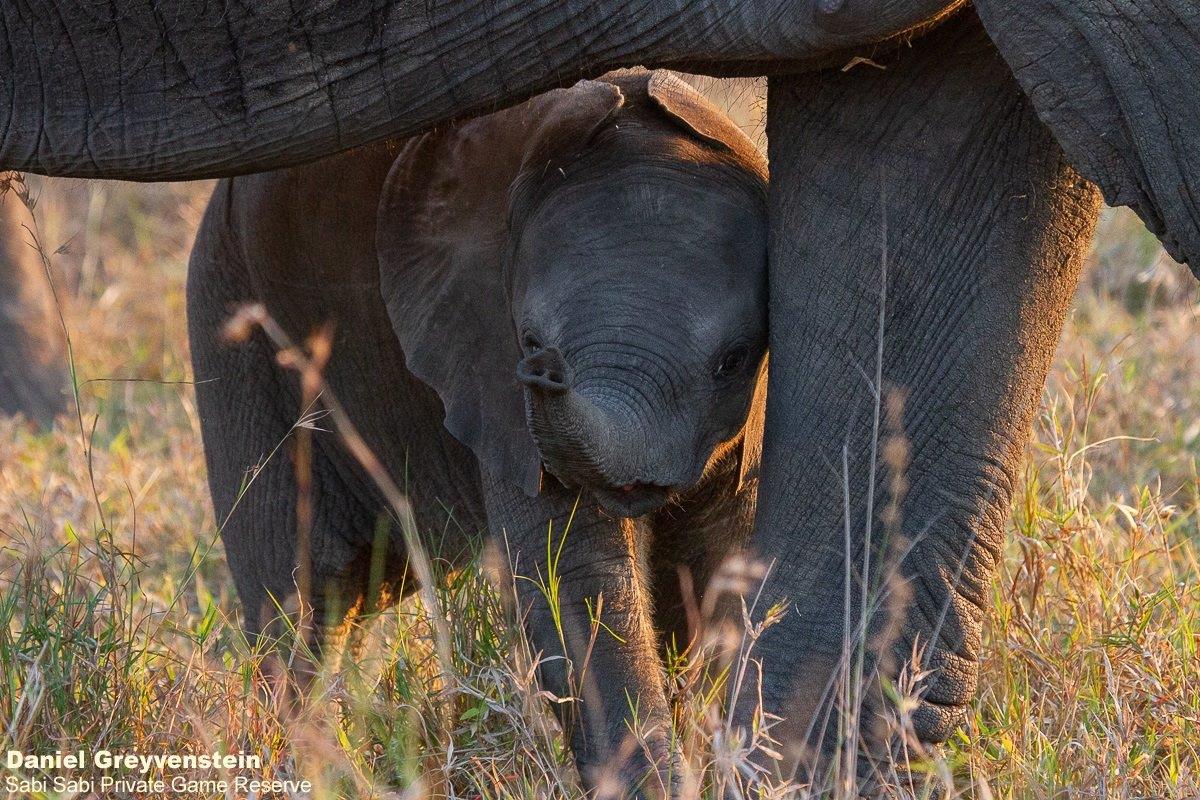
As the seasons change and we move further away from winter we see a big change in the behaviour of our animals and even some will change in looks as well. The Red-headed Weaver is one of the biggest changes you'll see out in nature as the male will go from a dull brown to a beautiful bright red when in full breeding plumage. Here at Sabi Sabi we've got an abundance of living creatures to see, from the smallest Red-headed Weaver to the biggest ostrich.
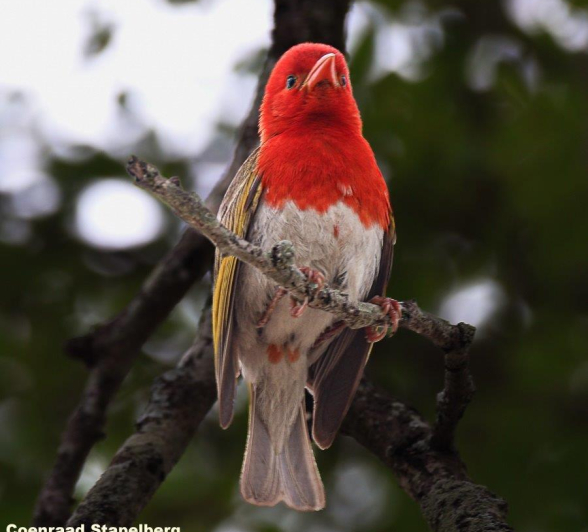
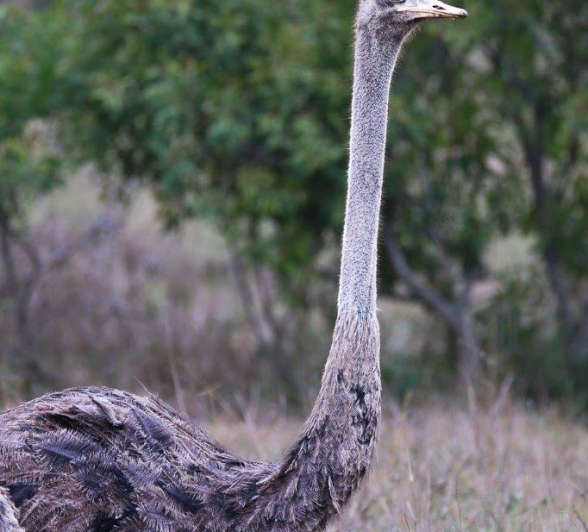
A couple of hyenas were moving quickly across the road as we started our morning drive, we followed them for a short time as they were going through herds of impalas and tried their luck. Unfortunately, impalas were aware of the hyena’s intentions and moved away each time the hyenas tried to chase them.
Early mornings and late evenings (cooler weather) hyenas usually are very active trying to hunt or scavenge as they run around looking for any opportunity that could potentially be successful in securing a meal.
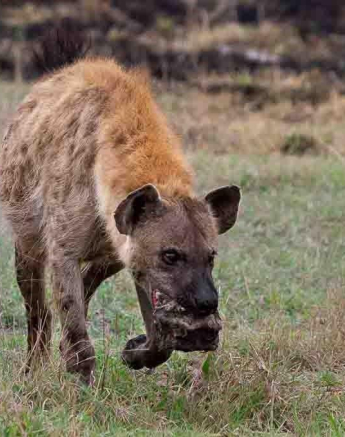
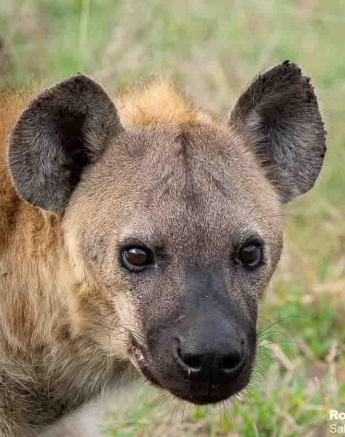
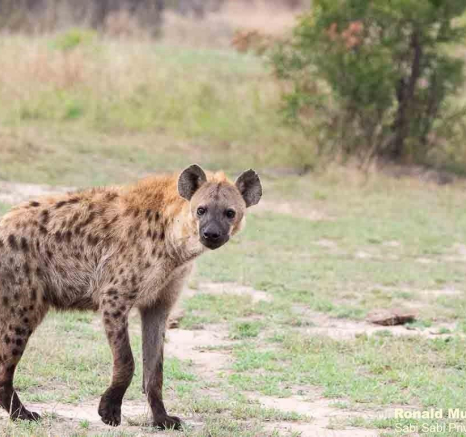
Until next time
